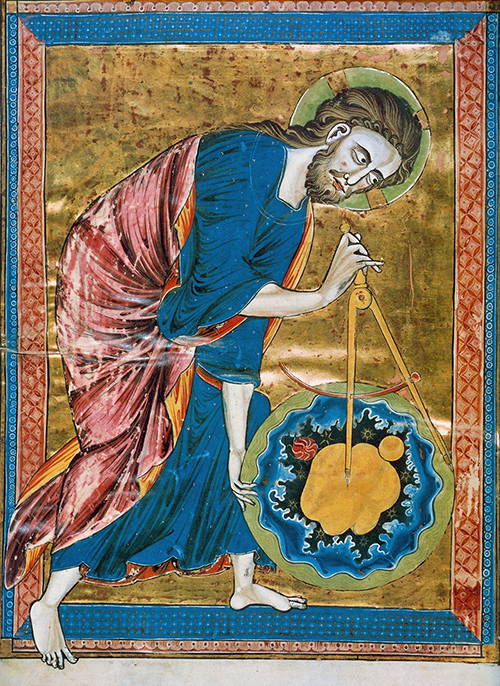Intrecci di arte e letteratura in un ideale viaggio con Marisa Volpi
Abstract
L’autrice ricorda la figura di Marisa Volpi (Macerata 1928-Roma 2015) nella sua duplice veste di storica dell’arte e di scrittrice, mettendo a fuoco i rapporti stretti tra le due attività, a partire dalla seconda metà del 1970. Il percorso della “memoria”, anche attraverso ricordi personali, è sempre supportato da una lettura critica di brani dei suoi scritti, nel desiderio di ricordare con affetto e rigore una personalità di grande rilievo del mondo della cultura e dell’arte. Dalla scrittura evocativa della Volpi emergono, infatti, con la medesima straordinaria vivezza grandi storici dell’arte quali Roberto Longhi, Giulio Carlo Argan, Corrado Maltese e artisti che hanno segnato l’Ottocento e il Novecento, dall’Impressionismo fino all’arte italiana e americana dagli anni Sessanta in poi.
Riferimenti bibliografici
Bibliografía
Benedetti M.T., Rivosecchi V. (2007) [ed.], Antonio Donghi 1897–1963 (Mostra: Roma, Complesso del Vittoriano, 16 febbraio – 18 marzo 2007), Milano: Skira.
Borghi C.A. (2015), Marisa Volpi, Sardegna soprattutto, 21 maggio.
Conte L., Iamurri L., Martini V. (2012) [ed.], Carla Lonzi. Scritti sull’arte, Milano: et al./
EDIZIONI.
Chianchiano S. (2014), Intervista a Marisa Volpi: ritratto di una ritrattista d’arte, Senza cornice. Rivista on line di arte contemporanea e critica, n. 10, aprile-giugno.
Garboli C. (1993) [ed.], prefazione a Berenson B., Longhi R., Lettere e scartafacci 1912-1957, Milano: Adelphi.
Ghirra G. (2004), Marisa Volpi si racconta attraverso i suoi uomini, L’Unione Sarda, 9 giugno.Volpi M. (1998), Fatali stelle, Milano: Longanesi.
Iamurri L. (2016), Un margine che sfugge. Carla Lonzi e l’arte in Italia 1955-1970, Macerata: Quodlibet.
Pozzati M. [ed.], Artiste della critica, Mantova: Corraini, 78-91.
Loy R. (2018), Cesare, Torino: Einaudi.
Longhi R. (1934), Officina ferrarese, Spoleto: Le Edizioni d’Italia.
Sbrilli A. (2015), Marisa Volpi: legami a doppio filo tra pittura, scrittura, lettura, in
Sbrilli A. (2017), Ricerca e narrazione. La storia dell’arte di Marisa Volpi, in Barrese M., Gandolfi R., Onori, M. [ed.], Le storie dell’arte alla Sapienza. Linee di ricerca, docenti e didattica del Dipartimento di Storia dell’arte dalla fondazione ad oggi, Atti della giornata di studi (19 novembre 2014), Roma: Edizioni Nuova Cultura, 63-72.
Volpi M. (1969), Arte dopo il 1945 U.S.A., Bologna: Cappelli Editore.
Volpi M. (1970), Roberto Longhi, Annali delle Facoltà di Lettere, Filosofia e Magistero dell’Università di Cagliari, estratto vol. XXXIII, parte II.
Volpi M. (1973), Costantino Nivola, Cagliari: S.T.E.F.
Volpi M. (1986), Il maestro della betulla, Firenze: Vallecchi.
Volpi M. (1993), Cavaliere senza destino, Firenze: Giunti. Tradotto in francese da Malettra F. (1996): Cavalier sans destin, Arles: Actes Sud.
Volpi M. (1993), La casa di via Tolmino, Milano: Garzanti. Tradotto in francese da Fontana M. (1994), La maison de la rue Tolmino, La Tour d’Aigues: Editions de l’Aube.
Volpi M. (2004), Uomini, Milano: Mondadori.
Volpi M. (2008), L’occhio senza tempo. Saggi di critica e storia dell’arte contemporanea (Prefazione e cura di Antonella Sbrilli), Roma: Lithos.Gauna C. (2004), Emilio Cecchi e Roberto Longhi “ad annum”: appunti su arte e critica (1909 - 1928), Polittico, III, 187-196.
Volpi M. (2010a), Le ore, i giorni. Diari 1978-2007, Milano: Edizioni Medusa.
Volpi M. (2010b), Costantino Nivola, in Volpi M., Frongia M.L., Ladogana R.P. (2010) [ed.], Carlo Bavagnoli. Costantino Nivola. Ritorno a Itaca, Nuoro: Ilisso.
Venditti V. (2017), Carla Lonzi. Un’arte della vita, Roma: DeriveApprodi.
www.marisavolpi.it. Progetto e coordinamento: Sbrilli A. (2015), in continuo aggiornamento.
Gli autori che pubblicano su questa rivista accettano le seguenti condizioni:
Gli autori mantengono i diritti sulla loro opera e cedono alla rivista il diritto di prima pubblicazione dell'opera, contemporaneamente licenziata sotto una Licenza Creative Commons - Attribuzione - Non opere derivate 4.0 Internazionale che permette ad altri di condividere l'opera indicando la paternità intellettuale e la prima pubblicazione su questa rivista.
Gli autori possono aderire ad altri accordi di licenza non esclusiva per la distribuzione della versione dell'opera pubblicata (es. depositarla in un archivio istituzionale o pubblicarla in una monografia), a patto di indicare che la prima pubblicazione è avvenuta su questa rivista.
Gli autori possono diffondere la loro opera online (es. in repository istituzionali o nel loro sito web) prima e durante il processo di submission, poiché può portare a scambi produttivi e aumentare le citazioni dell'opera pubblicata (Vedi The Effect of Open Access).










.png)
